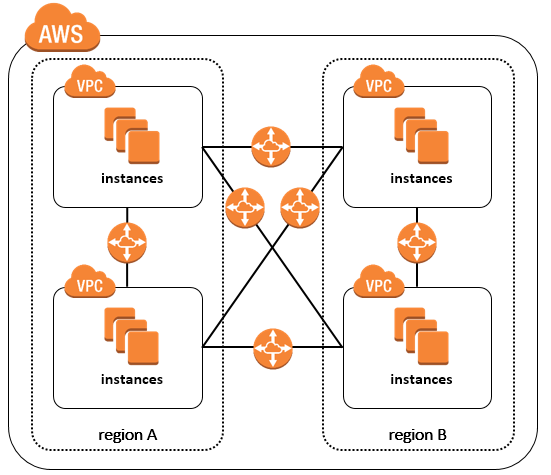JMeter While Controller
A while loop is a control flow statement that allows code to be executed repeatedly based on a given Boolean condition. It’s just a repeated IF→THEN statement. IF the condition is true, THEN execute the statements inside the IF block. JMeter implements this while loop by using the JMeter While Controller. The JMeter While Controller basically runs children Samplers and the controller continues to run until the condition becomes false in the condition field. The possibleRead More →






